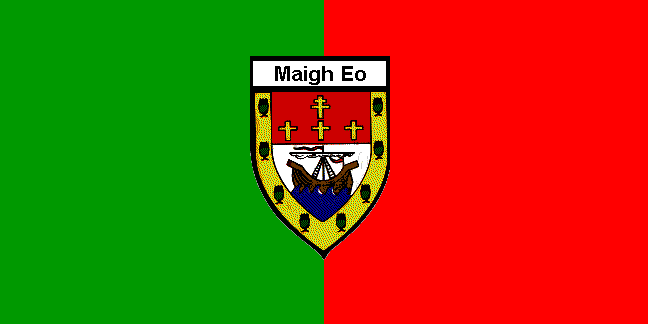Here, nuh-uh. No Irish driver's licence, no money for a car payment, and no interest in ever operating a vehicle on the streets of Dublin are just the first few on the long list of reasons we don't (or can't) own, keep, and use a car here. This means, of course, that all of our errands must be done without the aid of personal four-wheeled transport.
The Options
Well, when we need groceries, our nearest supermarket is about a mile from our apartment. There is a bus that could take us from our corner down the street to the supermarket- perfectly acceptable. The trip would be short and comfortable. What's wrong with that? Well, a lot. First, much of our shopping time would be spent waiting for a bus, especially if we went during off hours. No criticism of the bus system, they have budgets to keep, of course. Speaking of budgets, buses here are expensive (for us...) and taking two people on a round trip would add up to about 10% of our weekly grocery budget. Really not worth the cost. See also: taxis. That might be 20% of our weekly budget.
We do have bicycles, and they are a great way to get around mostly flat Dublin. We use them for shopping when we need to make quick trips for a few items. Anything more than a few pounds (on each bike) makes the return trip rather dangerous, with sagging, overloaded backpacks catching the wind and blowing us into lanes of traffic... Not to be used for the main weekly trip with the sacks of flour, jugs of milk, and bags of potatoes.
In many American cities (a bit sadly, really...) the mere thought of walking a full mile each way to the supermarket would bring cries of terror and much gnashing of teeth. "Good Lord, Helen! And to think, on the mile walk home from the store they are carrying their groceries!" We are by now fully acclimated to walking most places, budgeting extra time and wearing comfortable shoes when we need to. The mile to the market only takes 15 or 20 minutes, and takes us through quiet, green, and pleasant neighborhoods. The character whining to Helen earlier does have a right point about the weight, though... Walking that mile with sagging shopping bags can really lead to sore shoulders and stiff backs.
The Solution?
We had seen in the market shoppers with specially designed wheeled trolleys just for grocery shopping. They are built on a sturdy lightweight plastic frame with several sizes of soft, zippered compartments. The wheels are large diameter fixed casters for easy rolling over cracked sidewalks and curbs. Many shoppers bring these to the market, put it in their cart (called a trolley here) while shopping, and fill it up for the trip home. For a few weeks, we marveled at them, thinking, "Wow, what if..."
Then it happened, one day we saw a young couple with a baby at the market with a large wheeled suitcase in front of us in the checkout line. We were just dreading our walk home that day, loaded with lots of heavy goods as we were, and seeing this other couple with another solution gave us a start. "We have those! We have five of them from our checked-luggage-move! We don't have to buy one of the special shopping trolleys!"
Wow, what a difference. Heavy goods are no longer a problem. We can load up the suitcase with just about anything we could possibly need on a grocery trip. Sometimes we carry fragile goods like eggs and bulky-but-lightweight items like toilet paper- but all the cans, liquids, potatoes- in the suitcase.
A Perfect Solution?
In short, no. It isn't perfect. Our one particular gripe is the size of the wheels and their tricky nature over rough ground. Travel suitcases weren't designed to be pulled over bumpy, cracked sidewalks- through piles of rotting autumn leaves blown into a corner by a wind eddy- over corners without ramps down to the street and back up to the sidewalk level on the other side. They were designed to be packed gently and carefully with soft, light items like clothing and pulled over smooth, freshly buffed and polished airport floors. Sometimes it's a bit of a struggle to get the overloaded suitcase over the bigger bumps without shifting the contents too much. It takes some careful packing and some artful tiptoeing on the way home to make it- but as they say, "If it isn't hard, everyone could do it!"
... Or something like that.
How Much?
How much can we fit in the suitcase? On a recent trip to the market- the first one of the month when we had the budget flexibility to get all the things we had used up in the last lean week of the prior month- we got a pretty good pack in our trusty shopping helper. Observe in the (poorly lit) photos below-
 |
| A Full Load |
We packed in flour, sugar, and other baking goods. We packed in rice, pasta, and beans. We packed in milk and butter. We packed in some meat (kept separate from the other food in a re-used SPAR bag.) We packed in fresh produce. We packed in everything.
 |
| Extreme Grocery Close-up! |
Just another work-around we use to keep ourselves healthy and sane. I hope that walking to the market for all of our goods will become a habit that stays with us wherever we live.











